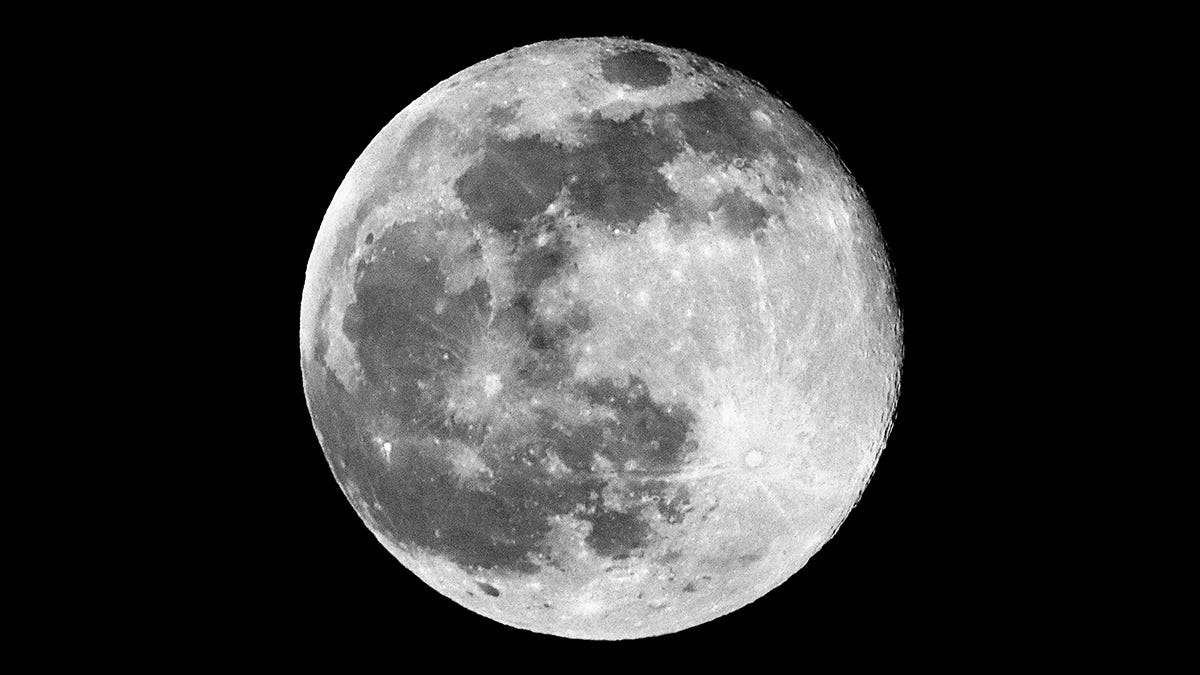An Asteroid May Hit the Moon in 2032 — What Happens to Earth If It Does?
A building-sized asteroid called 2024 YR4 is drifting through the solar system, currently out of sight, but not out of mind. When it returns to view in 2028, scientists hope to know for sure whether it will strike the moon in late 2032. Right now, the odds are small — just over 4 percent — but serious enough to warrant attention.
If YR4 slams into the mo…
Keep reading with a 7-day free trial
Subscribe to TheRobArcher.com to keep reading this post and get 7 days of free access to the full post archives.



